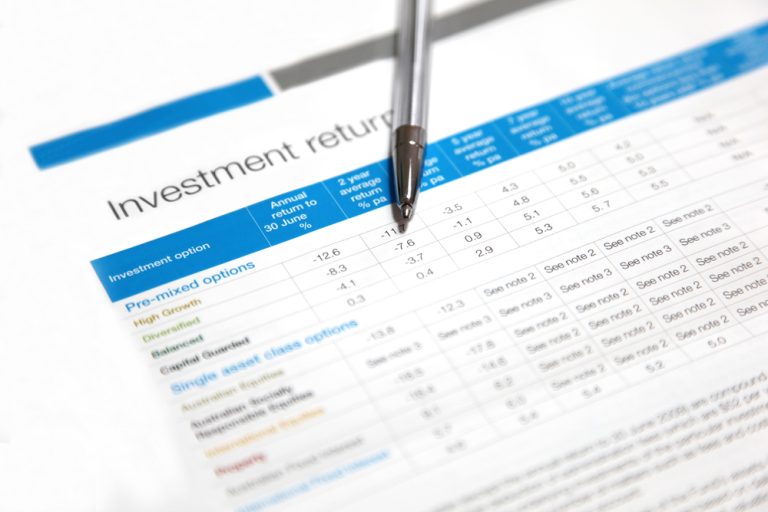By Robert Goudie This savings strategy is about building a healthy deposit and allowing kids to learn about consistent, regular saving. The strategy will require patience to build a substantial deposit over several years. I also acknowledge that not all parents are able to help their children buy their first home. In my professional life as a personal financial adviser, I have seen many parents assist their children in purchasing their first home. This has often been done with a lump sum. But, unfortunately, this doesn’t have the bonus of any tax efficiency or teaching children a regular savings habit to give them a sense of achievement. Purchasing a home can be difficult, especially as property prices have increased significantly in recent years. For many people, the high cost of housing (and living) has made it difficult to save a deposit for their first home, and even if they can do so, they may not be able to afford the monthly mortgage payments on a home that is within their budget. Building a larger deposit can reduce the debt levels needed to buy their first home or even help them to buy in their preferred area. For parents with the financial capacity and want to help their children save for their first home without handing over a large lump sum, this strategy, combined with some patience, provides an effective way to build the deposit faster. (Please note: I would only recommend parents to do so that have met their own retirement financial goals and have the extra capacity to help out) By subsiding your children’s income regularly, it can allow your child to start salary-sacrificing pre-tax dollars into superannuation – something that they normally couldn’t do without your help. Superannuation salary sacrifice Salary sacrificing is a way for employees in Australia to contribute part of their pre-tax salary into their superannuation account. This can be a tax-effective way to save for retirement because the contributions are taxed at a lower rate than your marginal tax rate. In Australia, the tax rate on contributions made through salary sacrifice is 15%. Contributions are made from your pre-tax salary, which means they are not taxed at the same rate as your income tax. This can be a significant saving if you are on a high marginal tax rate. For example, suppose you are on a marginal tax rate of 45% and were to salary sacrifice $10,000 into your superannuation account. In that case, you will pay $1,500 tax on those contributions (15% of $10,000). However, if you received that $10,000 as salary instead and then contributed it to your superannuation account after tax, you would pay $4,500 in tax (45% of $10,000). In this example, salary sacrificing would save you $3,000 in tax ($4,500 – $1,500). This can be a significant saving, especially over the long term. However, it is important to note that there are limits on the amount you can salary sacrifice into your superannuation account each year. FHSSS In recent years, the Australian Government has implemented the First Home Superannuation Saver Scheme (FHSSS), allowing individuals to save for their first home inside their superannuation account. The policy was designed to help first-time home buyers save for a deposit more quickly by allowing them to make voluntary contributions to their superannuation account, which can then be withdrawn for a home deposit once certain conditions have been met. Under the FHSSS, individuals can apply to withdraw voluntary contributions of up to $15,000 from any one financial year from 2017 onwards, up to a total of $50,000 across all years. If you are in a couple, this is a combined $100,000. Again, these contributions are taxed at a rate of 15%, which is generally lower than an individual’s marginal tax rate. The money saved through the FHSSS can be withdrawn (less the 15% tax) for a home deposit once the individual has held their superannuation account for at least 12 months and met other specific eligibility requirements. Note that superannuation contributions, including contributions made under the FHSSS, must still be within the standard annual caps for concessional super contributions. The FHSSS is one of several government initiatives aimed at helping Australians save for their first home and addresses housing affordability issues in the country. It is available to Australian citizens and permanent residents aged 18 and older who have not previously owned property in Australia and meet additional eligibility requirements. Let’s crunch the numbers Let’s assume a couple make a $14,705 contribution each into superannuation, earning $80,000 each per year, and continue this strategy for a full four years. We will first look at the amount saved in superannuation that can be used for a first home deposit and compare this saving with after-tax dollars outside the superannuation system. After four years of salary sacrificing into superannuation and assuming no investment returns, you would have accumulated a combined $99,994. Compare this to saving after-tax dollars; you would have accumulated $77,054 in comparison. If a couple is lucky enough to have the ability to achieve the above, they would have saved $102,000, which is an extra $23,400 when compared to saving in after-tax dollars. Now let’s look at the amount of income that would need to be provided by those generous parents or grandparents to ensure that the household cash flow remains the same: $15,000 less the marginal tax rate of 34.5% is $9,825 per person or $19,650 for a couple. Other thoughts Of course, many individuals and couples may already be actively saving for their first home deposit. Therefore, they may not need their generous relatives’ full support to achieve the above. Grandparents and parents can also choose to add a lump sum to help them at the time of purchase. It is worth noting that I have seen many clients take significant pleasure in helping their children and seeing the benefit of this assistance whilst they are still alive. However, as mentioned above, any gifting needs to ensure that generous relatives do not compromise…









